May 19, 2025 | 02:52 GMT +7
May 19, 2025 | 02:52 GMT +7
Hotline: 0913.378.918
May 19, 2025 | 02:52 GMT +7
Hotline: 0913.378.918

Central Agricultural Extension Project “Building a model of rice cultivation with reduced emissions to serve the sustainable development of rice export material areas in the Mekong Delta” in the 2024-2025 winter-spring rice crop. Photo: Le Hoang Vu.
Recently, at Vinh Thanh Seed Production and Agricultural Services Cooperative, Vinh Quoi Commune, Nga Nam Town, Soc Trang Province, the Soc Trang Provincial Agricultural Extension Center organized a workshop to review the Central Agricultural Extension Project "Building a model of rice cultivation to reduce emissions to serve the sustainable development of rice export material areas in the Mekong Delta" in the 2024-2025 winter-spring rice crop.
The workshop was attended by representatives of agricultural cooperatives, along with more than 150 farmers inside and outside the model, to visit and exchange experiences. The project was chaired by Binh Dien Fertilizer Joint Stock Company and implemented in the Mekong Delta in 4 provinces and cities: Kien Giang, Soc Trang, Dong Thap, and Can Tho.
In this year's winter-spring rice crop at Vinh Thanh Cooperative, a total area of 50 hectares was implemented with the participation of 20 farming households. Of which, Trinh Minh The's household, in Vinh Thanh Hamlet, Vinh Quoi Commune, implemented a 3-hectare model. This is one of the pilot models of Soc Trang province that apply advanced rice cultivation technical solutions to reduce greenhouse gas emissions, protect the environment, and increase economic efficiency for farmers.
Technical solutions applied in the model include: Reducing the amount of seed to be sown to 70 kg per hectare compared to the previous 120 kg per hectare; Applying Alternate Wetting and Drying (AWD) helps save 40% of irrigation water; Reducing the amount of chemical fertilizer, using only 80% compared to traditional farming; Using high-quality ST25 rice variety with good resistance, high yield, and economic value.

Rice farmers who reduce emissions earn profits higher than control fields. Photo: Le Hoang Vu.
According to the assessment, the emission-reducing rice farming model has brought many economic and environmental positive effects. The average rice yield in the model is 7.2 tons per hectare, higher than the control field, which only reached 6.2 tons per hectare.
Regarding the environment, the model helps reduce greenhouse gas emissions by limiting the amount of nitrogen fertilizer and pesticides and effectively managing irrigation water. According to calculations, methane emissions are reduced by about 48% compared to traditional farming.
Regarding economic efficiency, The said: “This is the first rice crop participating in this model, reducing production costs from seeds, fertilizers to pesticides, but the yield is still guaranteed from 900kg - 1 ton per 1,300m2, the selling price for traders for ST25 rice is from VND 8,900 - 9,000 per kg. After deducting all expenses, the profit is 31.3% higher than the control field.
Tran Tan Thanh, Head of the Mekong Delta Region - Binh Dien Fertilizer Joint Stock Company, said that the application of the emission-reducing rice cultivation process has helped reduce the amount of nitrogen fertilizer by 30-40% compared to the farming practices of farmers.
According to Mr. Thanh, in the context that the Mekong Delta is implementing the Project of 1 million hectares of high-quality, low-emission rice associated with green growth, Binh Dien has actively participated by supporting farmers in applying the emission-reducing rice cultivation process.
Specifically, the company has coordinated with the National Agricultural Extension Center to implement the program "Smart Rice Cultivation" since 2016, helping farmers reduce the amount of seeds sown from over 150kg per hectare to less than 80 kg per hectare. In addition, irrigation water management, according to Alternate Wetting and Drying (AWD) Irrigation Technology, has been applied, helping to reduce greenhouse gas emissions and save water.
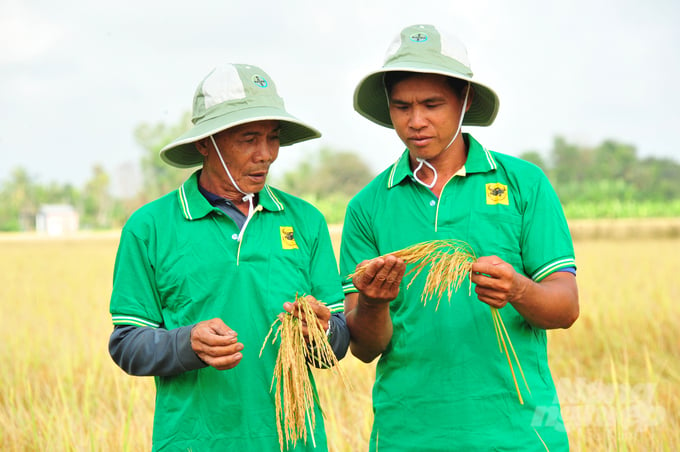
This is a program within the Central Agricultural Extension Project, implemented by Binh Dien Fertilizer Joint Stock Company in Kien Giang, Soc Trang, Can Tho, and Dong Thap. Photo: Le Hoang Vu.
In particular, Binh Dien has supported farmers in using biological products to treat straw right in the fields, restoring nutrients to the soil and reducing organic poisoning. This not only improves soil fertility but also reduces the amount of chemical fertilizers needed, contributing to reducing production costs and protecting the environment. Within the framework of the Project on building a model of emission reduction farming to serve the sustainable development of the rice export material area of the Mekong Delta, the Project has supported farmers with 50% of the cost of seeds, fertilizers, pesticides and sowing costs.
In the model, farmers use the local ST25 variety, apply specialized fertilizers from Binh Dien Fertilizer Joint Stock Company, including organic fertilizers, manage pests according to the Much More Rice process of Bayer Company, and reduce seeds using cluster sowing equipment of Saigon Kim Hong Company.
The preliminary workshop showed that the profit in the model increased by more than 31% compared to farmers' practices, with a profit of over VND 40 million per ha, an increase of VND 10 million per ha compared to traditional production practices.
* $1 = VND 25.640 - Source: Vietcombank.
Translated by Huong Giang
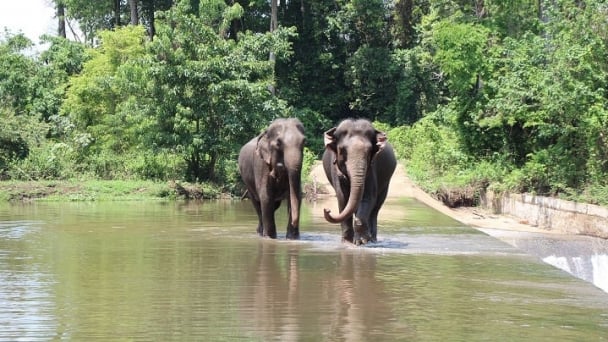
(VAN) 14 out of 35 domesticated elephants in Dak Lak province have had their living conditions improved, with 11 of them currently participating in the non-riding elephant tourism model.
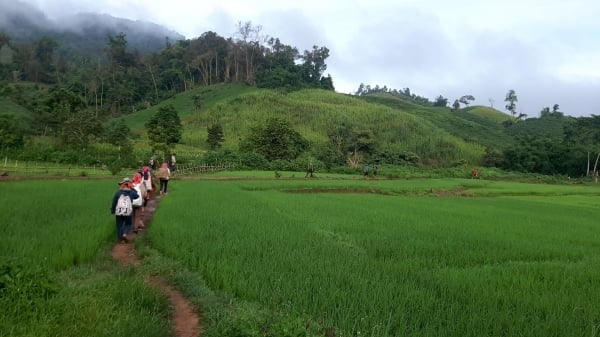
(VAN) Muong Nhe Nature Reserve hopes that being upgraded to a national park will lay the foundation for forest protection efforts to be carried out in a systematic, modern, and sustainable manner.
/2025/05/16/3923-2-171845_52.jpg)
(VAN) Lower costs, higher yields, and improved soil quality are outstanding benefits that soybeans bring when integrated into the crop rotation system.
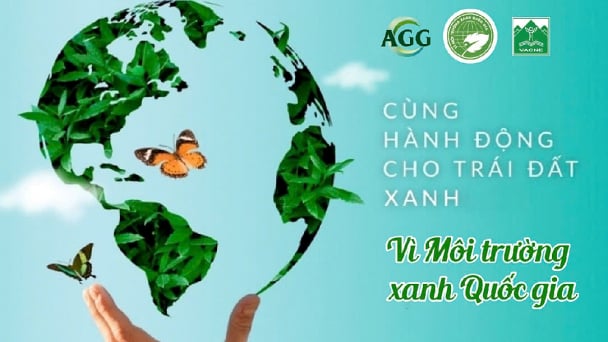
(VAN) The 'For a Green National Environment' programme aims to promote a green lifestyle, support businesses in implementing ESG practices, and turn Net Zero commitments into concrete actions.

(VAN) Cold-barn systems efficiently manage environmental and temperature conditions, which aids in the prevention of respiratory diseases in pigs and protects them from the vectors that transmit African swine fevers.
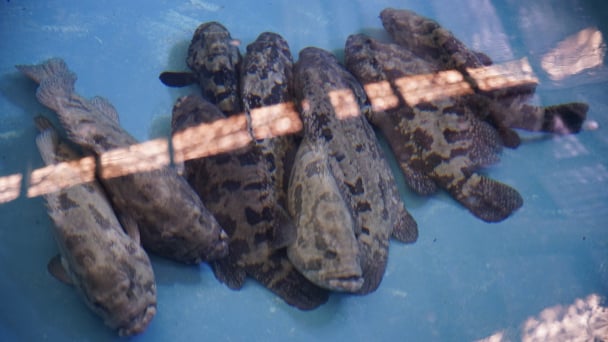
(VAN) To tackle challenges, the project 'Addressing key technical bottlenecks in the grouper supply chain in Vietnam' has been underway since 2024.

(VAN) The project 'Disease-Resilient and Sustainable Cassava Production Systems in the Mekong Region', funded by the Australian Center for International Agricultural Research (ACIAR), is being implemented from 2024 to 2028.